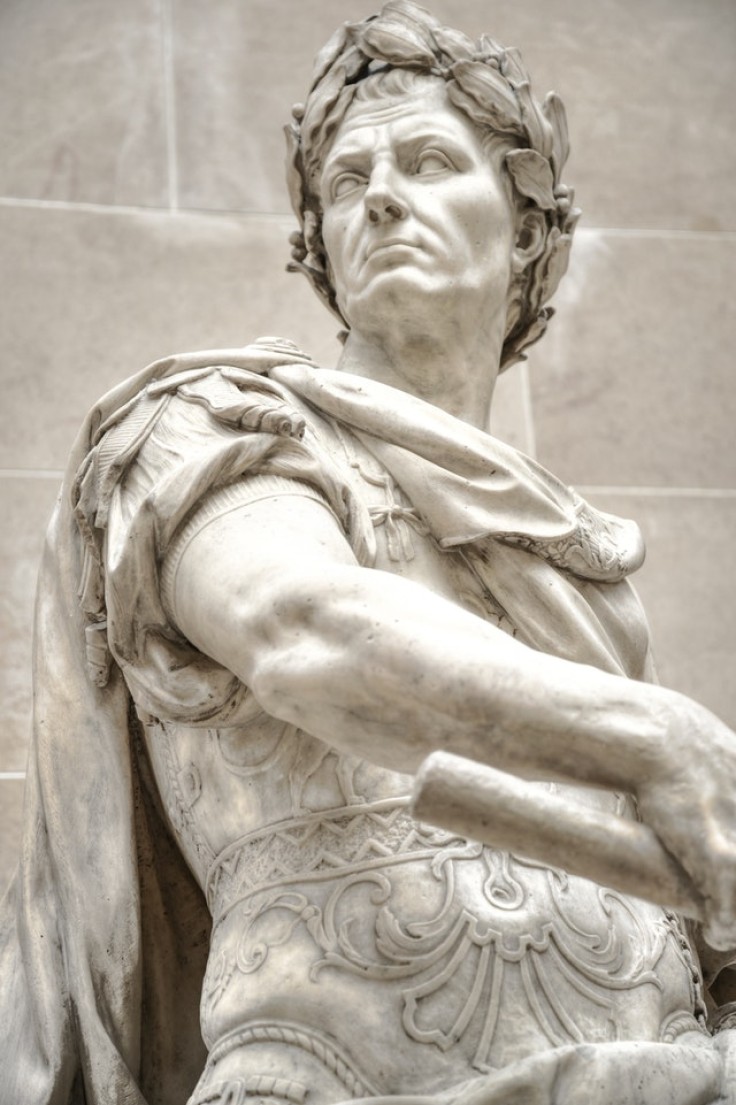
Ancient Greek statues are the sculpture of olden Greece. At all periods there were many Greek terracotta figurines and small sculptures in bronze and other materials. Most of the statue remains found portrayed a human body because during those times it was a form of secular and sacred art.
Greek statues, original or replica, can be found anywhere in the world. But do you even know the story behind it?
Here are some facts you need to know right away:
ASCLEPIUS STATUE
This is a Greek statue of male. In ancient Greek religion and mythology, Asclepius or Hepius is a hero and god of medicine. He is the son of Apollo and the grandson of Zeus. He acquired the appellation from his father Apollo also known as "Paean" or "The Healer". His father taught him many things about medicine. Asclepius embodies the healing phase of the medical arts. He is a father of five daughters named: Hygieia ( "Hygiene", the goddess of health, cleanliness and sanitation), Iaso (the goddess of recuperation from illness), Aceso (the goddess of healing process), Aegle (the goddess of the glow of good health), and Panaca (the goddess of universal remedy). Have you ever see a snake-entwined staff? That is inspired by the rod of Asclepius and remains as the symbol of medicine today.
Greek Chariot Statue
One most popular and surviving statues from Ancient Greece is the "Charioteer of Delphi" also known as Heniokhos meaning the rein-holder. This is a statue of a chariot driver. The chariot is a type of carriage using animals (almost always horses) to provide rapid motive power and speed. The sculpture is a figure of a very young man. The personification of youthfulness is noticeable. Like modern jockey players and chariot racers, teenagers are chosen for their lightness. The rein-holder of the chariot represents a teenager from a glorious noble family. Unlike other Greek statues that represent the art of nudity, the Charioteer is clothed from head to foot. It spans his whole body all the way to his ankles and is fastened high and the waist secured with a plain belt. It also symbolizes a great victory without arrogance but with calm self-confidence.
HERCULES STATUE
Hercules is a hero and son of Zeus. He is also the god of strength and heroes. Hercules is more commonly used than Heracles but this signifies the same person. Being one of the mightiest heroes in Greek and Roman mythology, Hercules has inspired many artists over the years and one of the greatest personifications of his identity is the "Hercules and Nemean Lion".
One of his many adventures is defeating the Nemean Lion, a vicious monster in Greek mythology that lived in Nemea. It was killed by Hercules even it could not be killed by mortal's weapons. Nemean lion's golden Fur was impervious to attack. The first bronze statue of this subject was completed and exhibited by the Florentine sculptor Romano Romanelli way back 1906-1910. It was showed worldwide and remained in Piazza Ognissanti since installation.
Lady Justice Statue
Lady Justice is a metaphorical representation of the moral force in judicial systems. Her features are a blindfold, a balance, and a sword. This originates from the ancient Roman art known as the Justitia. She was named as the goddess of Justice.
Lady Justice Statue and each of its attributes have its own meaning and story.
Scales of the Lady Justice are the most prominent of her features. It is suspended from one hand, upon which she weighs the strengths of a case's support and opposition without being influenced. She weighs evidence to assure that it could stand on its own.
Blindfold of the Lady Justice represents independence. Applicable justice should be applied to anyone, regardless of social status, wealth and power. Justitia was only represented as "blind" in the sixteenth century.
Sword of the Lady Justice personifies ancient authority and expresses that justice can be immediate and final.
ALSO READ : Archaeologists Discover Ancient Greek Palace
© 2025 University Herald, All rights reserved. Do not reproduce without permission.








